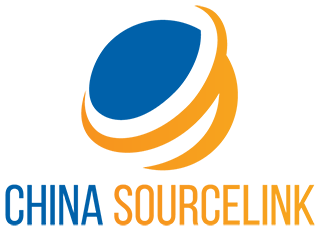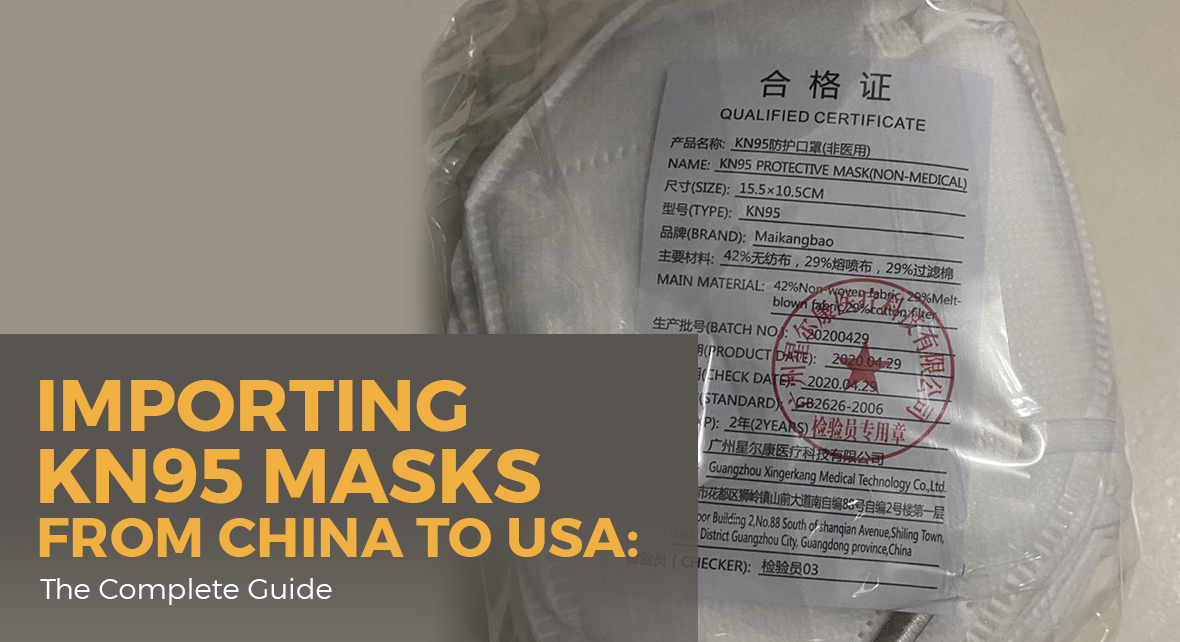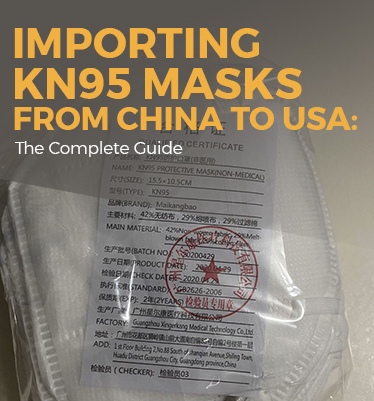KN95 masks are the Chinese standards for masks. These have been authorized for use by the US Food and Drug Administration (FDA). Other N95 equivalent mask standards are FFP2 (European Union), P2 (Australia and New Zealand), KMOEL (Korea), and DS (Japan).In this article, we will focus on discussing the details of KN95 and how to import KN95 from China. Let’s dive in.
1. Introduction to N95 Mask and NIOSH Air Filtration Rating
1.1 What Is NIOSH Air Filtration Rating?
Classified by the US National Institute for Occupational Safety and Health (NIOSH), the NIOSH air filtration rating grades how much air dust and liquid droplets a respirator filters and the type of environment it can be used in.
The first part of the NIOSH rating is a letter which means:
- N – not oil-resistant
- R – resistant to oil
- P – oil-proof
The second part of the NIOSH rating is a pair of numbers which means:
- 95 – filters 95% of all particles that are at least 0.3 microns in diameter
- 99 – filters 99% of all particles that are at least 0.3 microns in diameter
- 100 – filters 99.97% all particles that are at least 0.3 microns in diameter
N95, R95, and P95 masks are cooler and easier to breathe through than higher-rated masks.
1.2 What Is an N95 Mask?
An N95 mask or N95 respirator is the most common facemask designed to be worn very close in perfect fit with the face to filter airborne particles very efficiently. If properly fitted, an N95 mask can filter out 95% of dust and liquid droplets in the air.
1.3 What Is the Composition of N95 Face Mask?
The N95 mask has four layers of materials, mainly made of synthetic polymer fibers (also called nonwoven polypropylene fabric) that are finely meshed through melt blowing to form the inner layer of filtration that filters out hazardous particles.
The first outer layer is made of spun-bond polypropylene. The second layer is made of cellulose/polyester that’s treated with copper and zinc ions. The third layer is melt-blown polypropylene filter material. The fourth inner layer is made of spun-bond polypropylene, coated with a hydrophilic plastic.
All of these are typical construction materials and can be used in legally marketed devices. The second and fourth layers are designed to kill influenza viruses.
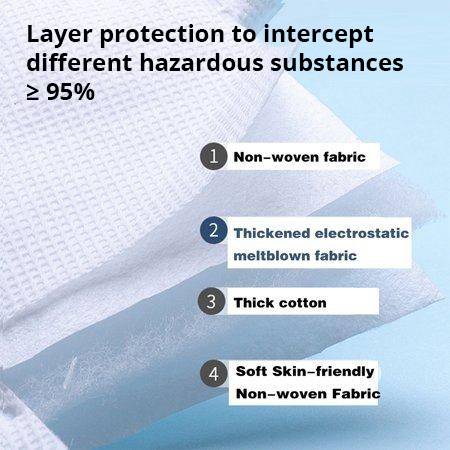
4-layer Composition of N95 Mask
2. KN95 Masks From China and Other Air Filtration Rating Standards
2.1 European Standard – FFP2
If you are going to refer to the comparison table below, you will see that FFP2 is the closest European equivalent to N95, rated at 94%, compared to the 95% of N95.
2.2 China Standard – KN95
The KN95 Chinese standard has the same specification as N95 respirators and performs as effective as the N95 US standard.
However, when considering buying from China, you have to take note that these KN95 respirators are FDA-approved. You will learn how later on.
2.3 Difference Between FPP2, N95, and KN95 Masks
As mentioned, KN95 equivalent masks or respirators can be used as an alternative to N95. But the KN95 masks or respirators (Chinese standard) and FFP2 masks or respirators (EU standard) slightly differ from N95 masks or respirators.
In terms of performance difference between N95, FPP2, and KN95 respirators, there’s not much.
Nevertheless, different governing bodies used slightly different criteria to certify the performance of each respirator standard. These include filter efficiency, test agent and flow rate, and permissible pressure drop.
Here are the key differences between N95, KN95, and FPP2 respirators:
| Certification/Class (Standard) | N95 | FPP2 | KN95 |
|---|---|---|---|
| *Filter performance | ≥ 95% | ≥ 94% | ≥ 95% |
| *Test agent | *NaCl | NaCl and paraffin oil | NaCl |
| Flow rate | 85 L/min | 5 L/min | 85 L/min |
| *Total inward leakage (TIL) - tested on human subjects each performing exercises | N/A | ≤ 8% leakage (arithmetic mean) | ≥ 8% leakage (arithmetic mean) |
| Inhalation resistance - max *pressure drop | ≤ 343 Pa | ≤ 70 Pa (at 30 L/min ≤ 249 Pa (at 95 L/min) ≤ 500 Pa (clogging) | ≤ 350 Pa |
| Flow rate | 85 L/min | Varied - see above | 85 L/min |
| Exhalation resistance - max pressure drop | ≤ 245 Pa | ≤ 300 Pa | ≤ 250 Pa |
| Flow rate | 85 L/min | 160 L/min | 85 L/min |
| Exhalation valve leakage requirement | Leak rate ≤ 30 mL/min | N/A | Depressurization to 0 Pa ≥ 20 sec |
| Force applied | -245 Pa | N/A | -1180 Pa |
| CO2 clearance requirement | N/A | ≤ 1% | ≤ 1% |
*Filter performance – the filter is evaluated to measure the reduction in concentrations of specific aerosols in the air that passes through the filter.
*Test agent – the aerosol that is generated during the filter performance test.
*NaCl – sodium chloride
*Total inward leakage – the amount of a specific aerosol that enters the tested respirator facepiece via both filter penetration and faceseal leakage, while a wearer performs a series of exercises in a test chamber.
*Inward leakage (IL) – the amount of a specific aerosol that enters the tested respirator facepiece, while a wearer performs normal breathing for 3 minutes in a test chamber. The test aerosol size (count median diameter) is about 0.5 micrometer.
*Pressure drop – the resistance air is subjected to as it moves through a medium, such as a respirator filter.
3. Difference Between N95 and KN95
With such similar-sounding names, it can be confusing to understand the difference between KN95 and N95 respirators. But as mentioned above, KN95 respirators and N95 respirators have the same specifications and characteristics.
In short, N95 masks are the US standards for respirator masks, while KN95 masks are the China standards.
If you can go back to the table above, you will see that the N95 and KN95 masks are equivalent or nearly equivalent in terms of features and performances.
It bears repeating that both the N95 masks and KN95 masks can capture 95% of airborne dust and liquid droplets of 0.3 microns.
Despite that, the N95 and KN95 masks have subtle differences that, to the average mask wearer might not be interesting, should be taken into account.
- The Chinese government requires KN95 manufacturers to conduct an actual fit test on humans with ? 8% leakage. The US government does not. This ensures that KN95 masks can filter out the outside particles by 95%.
- KN95 masks tend to be less breathable compared to N95 masks due to less strict requirements for pressure drop while inhaling and exhaling.
Overall,N95 masks and KN95 masks are both equally effective when it comes to air filtration, capable of filtering 95% particles. However, N95 masks have slightly stricter requirements for breathability. And only KN95 masks are required to go through an actual fit test.
4. How to Manufacture KN95 From China and How to Source KN95 From China
4.1 How to Find a KN95 Supplier in China
There are two ways you can go about finding a KN95 supplier in China without ever leaving the comfort of your own home or office.
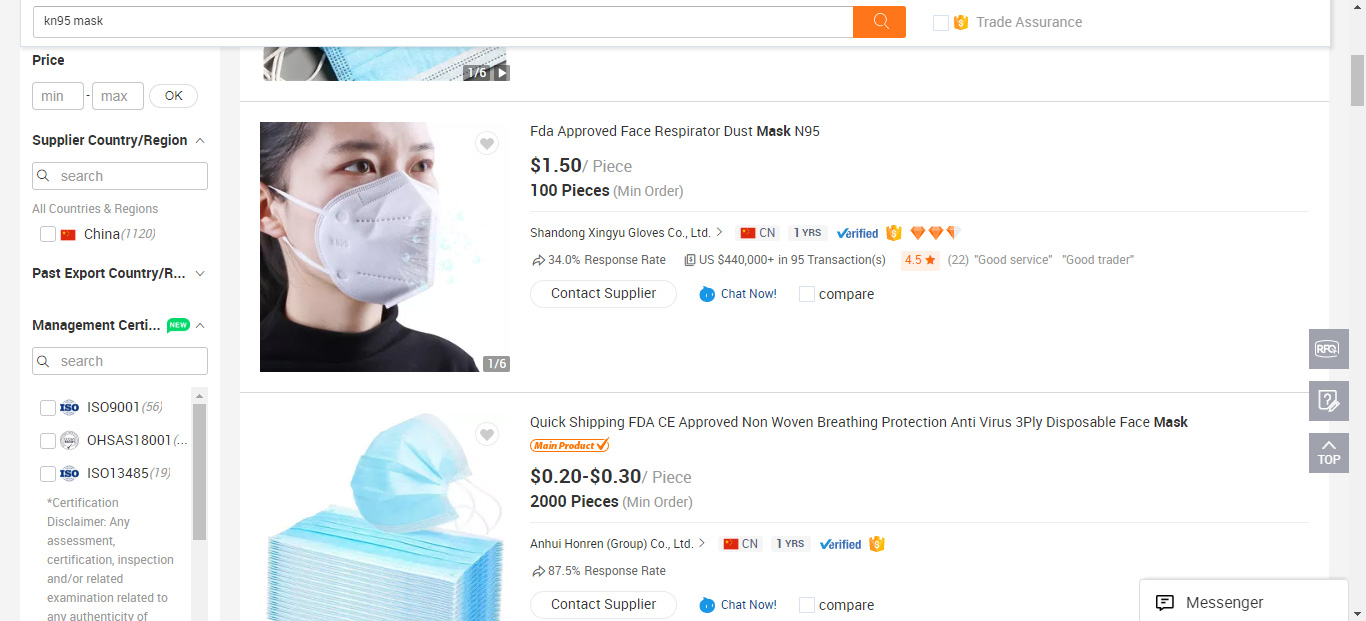
4.1.1 Through Alibaba.com
Go to Alibaba.com and type in the keyword “KN95 mask” in the search box.
On the left sidebar, apply detailed requirements such as certificates, price range, minimum order, supplier types, etc. to narrow down your search results.
Browse the results and pick the candidates.
4.1.2 Through a Sourcing Agent
Finding a KN95 mask or any other product for that matter via Alibaba.com can be tricky. One best way to avoid going through the hoops of time-consuming screening suppliers all by yourself is by hiring a sourcing agent, especially one that is based in the US.
Why hire a sourcing agent? Here are the key reasons:
- If you don’t have a team on the ground in China, it’s hard to vet the suppliers from the internet, whether or not they are legitimate companies.
- Dealing with Chinese vendors is tricky. Language and cultural barriers are a big issue that you need to cope with.
- A cross-border transaction is very risky as most of the vendors in China require you to prepay orders 100% prior to shipping. This could result in more problems like getting screwed with your products having quality issues, unmet specs, wrong packaging, etc., and you have nowhere to turn to.
By hiring a reliable sourcing agent, you ensure that you are protecting yourself, your company, and your products through:
- Quality control and pre-shipment inspection
- Better communication and a dedicated account manager for your project. Most factories just don’t care too much about you if you are not their big patrons. They are not going to prioritize your order or even commit to a certain date of delivery.
- If your agent is based in the US with a US corporation, Federal and State laws will protect your rights and responsibility when signing a contract with them. Your transaction is much more secure with them compared to a vendor from China.
- A sourcing agent or company has better connections than you do. They might be able to negotiate with the factories to get better pricing. Most of the good factories in China in almost any industry don’t have to advertise themselves on the internet. They made their reputation throughout the years in the domestic market. You wouldn’t have access to that unless you spent quite some time in China working in a specific industry. The same principle works for the KN95 masks. The price you see on Alibaba might be way lower than their actual price just to bait you to click through their online store. A qualified agent knows a reasonable price as they understand the product and market.
4.2 How to Qualify Your KN95 Manufacturer
Once you have a list of potential KN95 manufacturers that you may want to work with, make sure to qualify them first before moving forward.
One of the easiest ways to qualify your KN95 supplier is to find them on the CDC-approved list of respirator manufacturers. If their name is on it, then you are good to go.
Otherwise, you have to manually vet the suppliers by looking for these three certificates.

1. FDA Registration Number
In the US, all protective masks are regulated by the FDA. FDA requires all non-medical use mask manufacturers to file and register their product information online.
Ask your vendor about their FDA registration paperwork. It should contain both the device listing and the manufacturer’s owner number.
To do this, log in to FDA’s database and match the number from their paperwork with the record. If they have the proper paperwork, you should be able to find their listing on the FDA database.
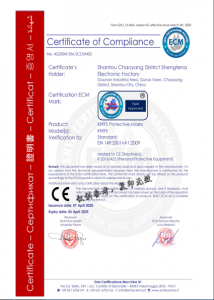
2. CE Certification
CE certification is mandatory for exporting masks into most of the European countries. Having a legitimate CE certification not only gives credits to the manufacturer, but it also says a lot about their product quality.
Ask your potential supplier about their CE certificates. A serious manufacturer exporting their masks to the developed countries will apply for CE certificates.

3. Business License
Since the pandemic outbreak, masks, especially the KN95 mask, has become a very lucrative business. Lots of factories have purchased machinery and turned their factories into a mask production line.
However, given such a short period of time, factories that were once outside of the medical or mask industry will have a really hard time to turn themselves into a professional mask manufacturer.
They might have a hard time hiring the right technicians, setting up the machinery properly, doing the right labor training to their workers, or having the right experience to manage a mask production plant. Therefore, it will create a lot of potential problems with their products.
Dealing with an experienced manufacturer who has been in the mask business for years or a newbie who just wants to make some quick cash out of this opportunity will make a big difference.
So how do you tell the difference between a seasoned and an opportunistic newbie mask manufacturer? Look at their business license, the scope of product lines, and the date of incorporation. These pieces of information won’t lie.
An experienced manufacturer should have the license at least for a few years, and their product line should definitely include the KN95 mask.
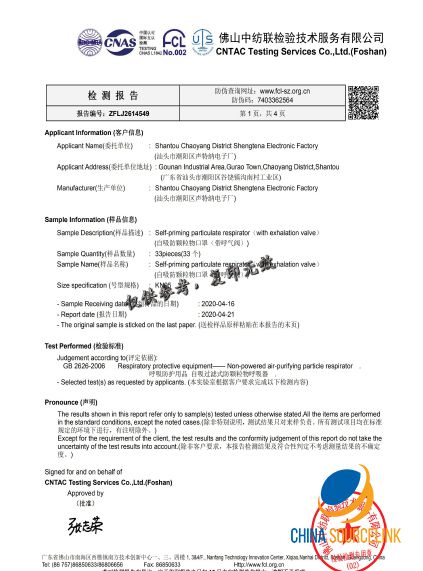
4. Product Testing Report
A product testing report from a licensed Chinese testing lab has now become a mandatory requirement for a manufacturer who wants to export their product out of China.
Without this paperwork, it will be seized by China Customs as they will be considered as unqualified products.
5. How to Ship and Import KN95 From China
5.1 How to Export KN95 Out of China
The detailed packaging requirement regulation released by China Customs has been updated on April 26, 2020, as follow:
- For non-medical grade KN95 masks, no CE/FDA labels are allowed on the packaging.
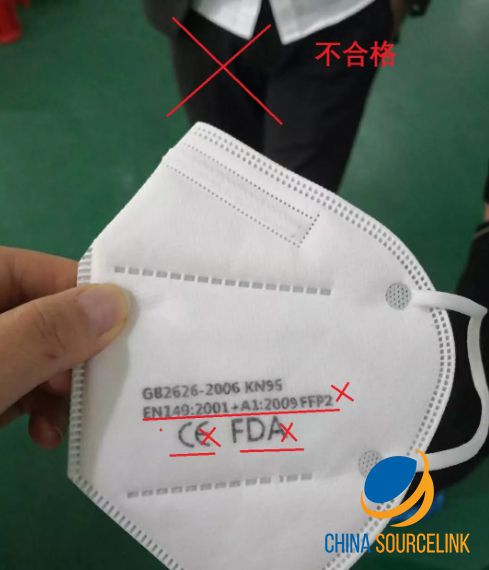
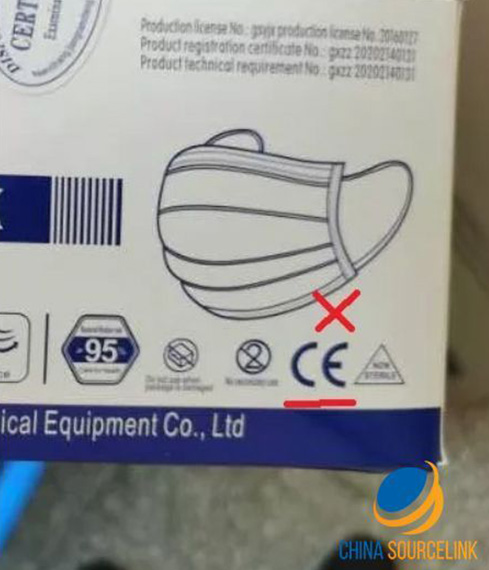
- The manufacturer’s information, i.e., address, name, contact number, must be included in the packaging.
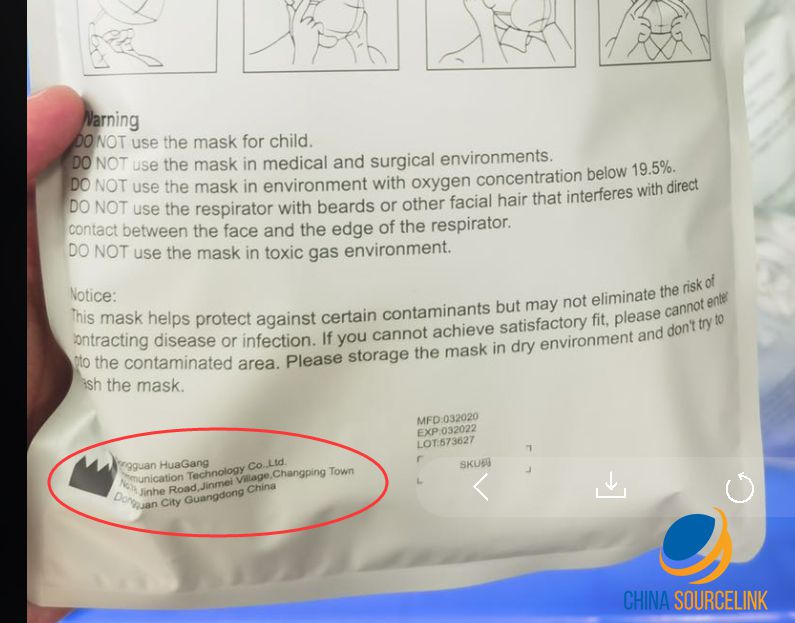
- Non-medical grade or prohibited for medical-use must be shown in the packaging.
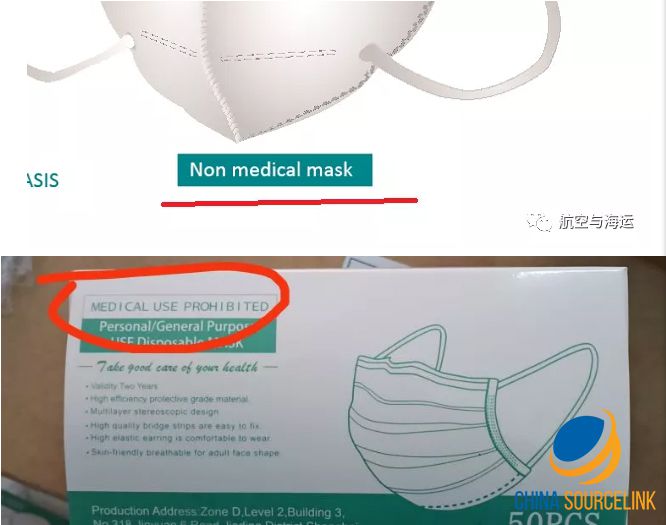
- A Product Certification card must be included in the packaging. It should state the date of product and expiration, batch number, product composition, and the quality control process, etc.
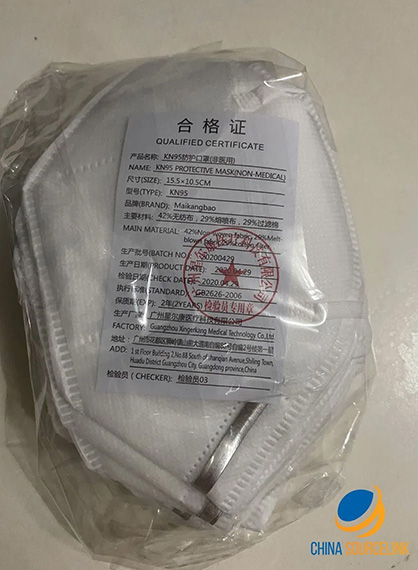
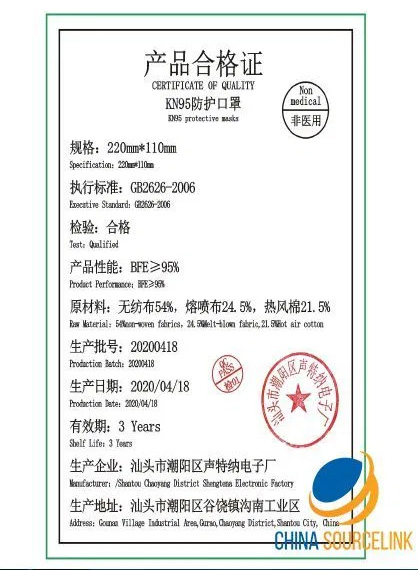
5.2 How to Ship KN95 From China
There are two ways to ship KN95 from China to the USA — via air cargo and courier services and via ocean shipping.
5.2.1 Air Cargo and Courier Services
Due to the novel coronavirus pandemic, China has very limited air activities due to government restrictions on inbound flights from foreign countries. Only one airline per country per day is allowed.
At the moment, the air cargo rate is high at approximately $15 – $20 per kg. This usually needs 7 – 10 days’ turnaround time, so you need to book a week ahead if you want to make sure your cargo arrives on time.
Courier services such as DHL, FedEx, and UPS are good for small volume (no greater than 300 kg at a time per shipment). Note that turnaround time is also slow, now 7 – 14 days compared to 5 – 7 days before the pandemic.
5.2.2 Ocean Shipping
Ocean shipping is the more affordable option. The door to door shipment from China roughly costs $5,000 to the West Coast and $6,000 to the East Coast.
Lead time is 18 – 20 days for West Coast shipments and about 30 days for East Coast shipments. The total turnaround time is 4 – 7 weeks.
5.2.3 How to Save on Shipping Mask From China to USA by Air
In order to save on air shipping, you need to understand how the air shipping is billed. Usually, the entire cost of the shipment is the shipping rate per unit weight multiplying the billable weight.
Total cost of shipment = shipping rate per unit weight x billable weight
The billable weight is not always the gross weight of the shipment, but rather the maximum number of the volumetric weight and gross weight.
The volumetric weight is calculated as the product of the carton’s length, width, and height divided by a constant factor.
Volumetric weight = L x W x H / constant factor
If you are using the imperial system (for example, in the U.S., therefore the length, width, and height are given in inches), the dimensional or volumetric weight will be given in pounds where the constant factor is 166.
In contrast, the volumetric weight will be given in kg for the metric system, whereas the length dimensions will be given in cm, and the constant factor is 5000.
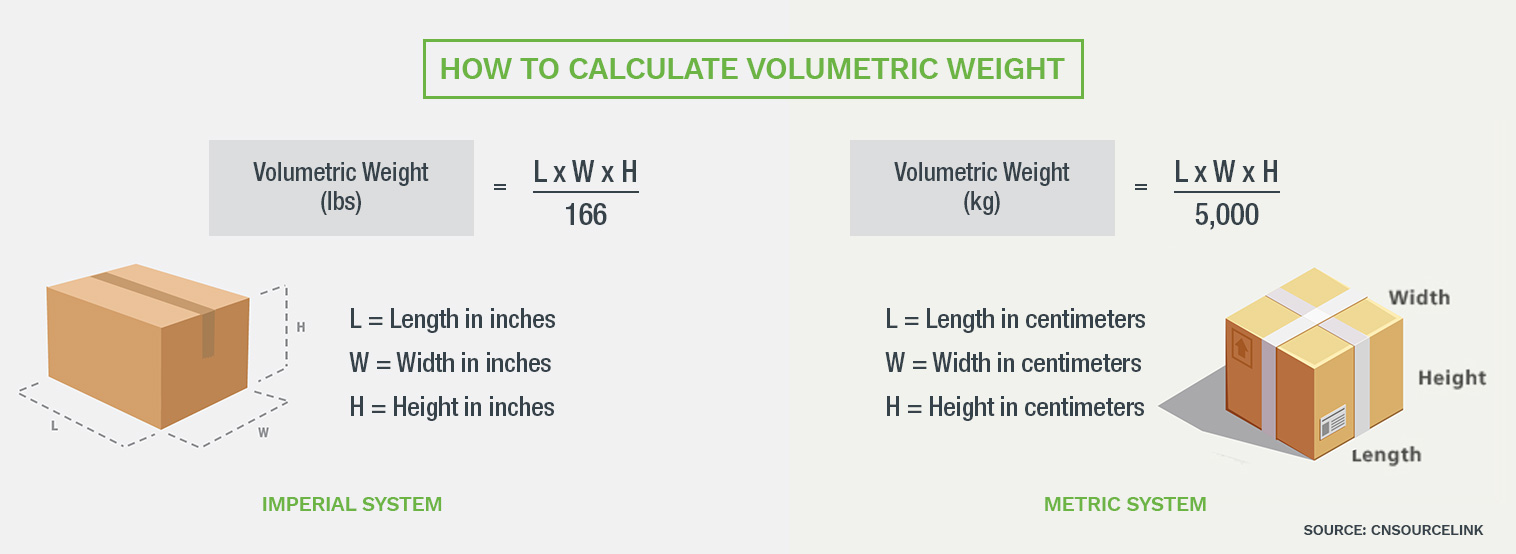
The KN95 mask is a loose product, and the billable weight is dominated by volumetric weight rather than the actual weight.

Given the actual box of 500 KN95 masks above, we can calculate the volumetric weight like this:
68 x 31.5 x 29.5 / 5000 = 12.42 kg volumetric weight
Therefore, the billable weight is 12.42 kg for 500 pieces of KN95.
How do you save on your shipping fees? By reducing the size of your packaging.
A simple way of doing it is to wrap 10 pieces of KN95 in a polybag instead of doing individual packaging.
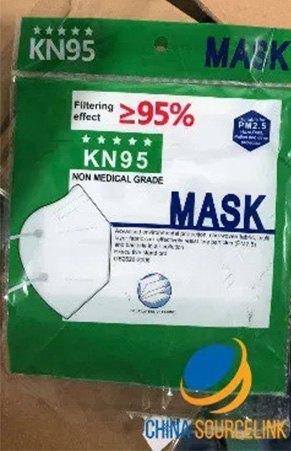
Single KN95 mask packaging
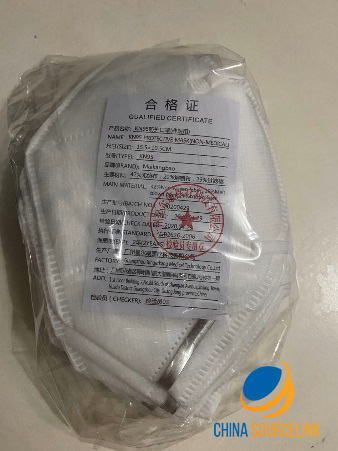
10-piece KN95 masks in a bundle
Besides the manufacturer’s information being registered with the FDA, the Customs clearance process in the US for KN95 masks will also require the importer to file an FDA registration and get a similar operator number.
You can file an FDA registration online through Access.FDA.gov.
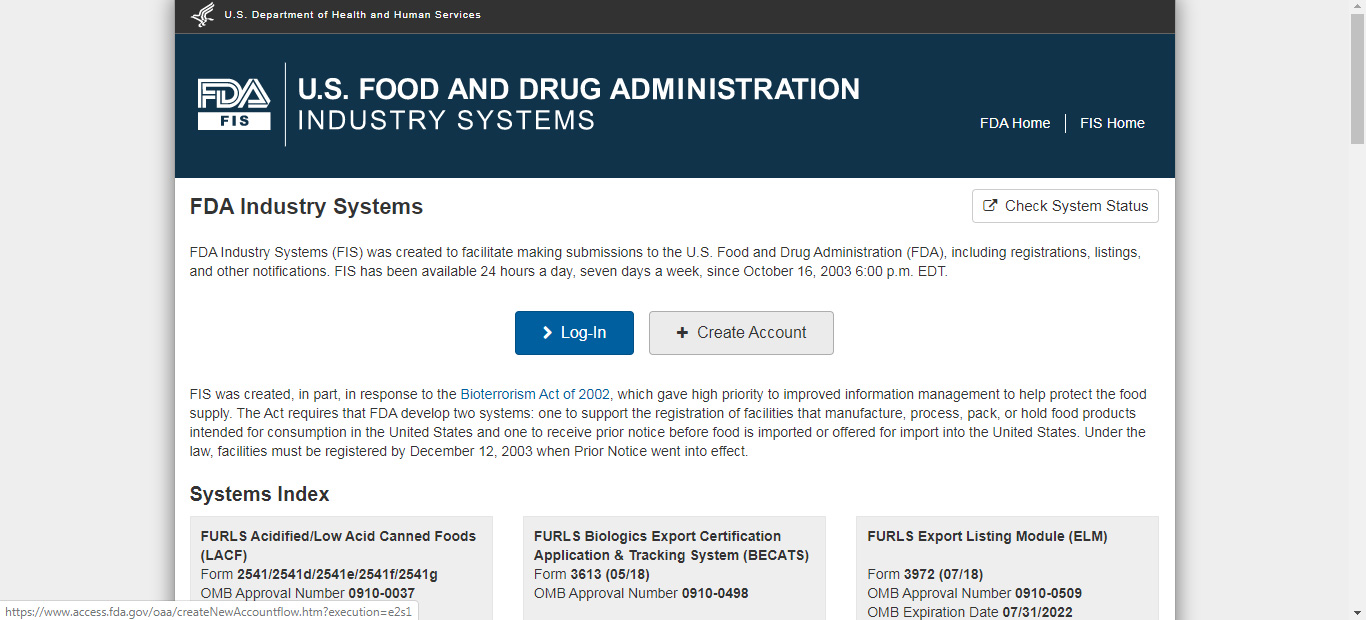
Get your operator number through UserFees.FDA.gov.

The annual listing fee for the importer is $5,200 per year. The mask is now duty-free.
6. Frequently Asked Questions on Importing KN95 From Chin
1. What is the minimum order quantity (MOQ) of KN95 masks for most factories in China?
It depends. Most decent factories have an MOQ of at least 50,000 pieces due to the huge demand on the purchasing side of the market.
If you are looking for around 10,000 pieces or even less to start, try to find a supplier with the MOQ that works for you. They tend to be smaller in terms of the scale of production.
But you need to make sure they are not compromising their quality control standard in their plants.
2. Do people have KN95 in stock?
Most of the KN95 masks are produced on demand. This means that it is not very likely you will find stock products from those reliable and legitimate manufacturers.
The typical turnaround time for an order of 200,000 pieces is usually 3 days for a medium-sized factory, assuming their production capacity is 1 million pieces per day.
I do not recommend buying stock KN95 from China unless you know the person and their products. These products are very likely to be manufactured in a shady facility that does not have the proper license or paperwork, and their product does not pass the required test according to the KN95 standard.
This is not only a huge risk in terms of product quality but also the products may get seized by China Customs due to the lack of proper paperwork. So be cautious about it.
3. What are the important factors to consider when it comes to the quality of KN95 masks? Are there fake KN95 masks in China?
The most important component of a KN95 mask is its filtering layer, which is the polypropylene nonwovens cloth produced by the melt-blown process that has a filtering efficiency greater than 95%.
The weight of a KN 95 mask’s filtering layer should be at least 50 grams. If the weight is less than 50 or, in the worst case, there is no such a melt-down nonwoven filtering layer in the KN95 mask, this product is absolutely an unqualified product. To that end, people may call it a fake KN95.
We are always paying for what we have. A reasonable price of KN95 as of May 2020 is $1 to $1.5, depending on the quality of the product and the manufacturer’s credentials.
If someone is offering you a much lower price, you need to be careful and don’t fall for the price war.
4. How can I make sure I can get the KN95 masks out of China and bring it here safely in the US?
The KN95 mask needs to have the proper paperwork. There are generally two things to consider in the entire transportation process: China Customs and USA Customs.
In order to successfully export the KN95 masks out of China, the manufacturer needs to have the proper paperwork. This has been discussed previously in the article.
Moreover, the packaging of the KN95 should comply with the regulation from China Customs. On the US side, both the manufacturer and importer of the KN95 masks should have registered their product listing and obtained the owner number from the FDA.
5. What are the payment terms for the KN95 looks like? How can I choose the right supplier wisely to mitigate my risk of loss if my first order is 1 million pieces?
Unlike during the regular season, people would be able to start importing products from China with a small volume to test out the vendor.
Over time, mask procurement has a lot of pressure on time. Moreover, it’s very likely you will face a situation where you will be conducting a transaction with someone you have never done business with before.
So be extra careful in vetting the suppliers. Most of the factories in China would require a 50% deposit while the remaining 50 % due prior to shipment.
This means that you will be paying the products in full without even seeing the products. The risk is all on you.
That’s why it’s very critical to have someone in China to do the inspection for you. So if anything happens, you can find out the problems or mistakes before it gets too late.
Working with a US-based sourcing agent in this scenario will prevent any untoward incident. Not only are you signing off a US-based contract, but also you are avoiding all the cross-border transaction headaches.
7. How China Sourcelink Can Help You Import KN95 From China
To make your sourcing of KN95 masks from China convenient and safe, this is where we at China Sourcelink can help you.
We will procure KN 95 masks with quality from our network of vetted and reliable suppliers with all paperwork ready to export from China and import into US. With our years of hand-on experience importing products from China and our special knowledge in the KN95 masks, we are able to get you through the complicated shipping and customs clearance process of importing your mask from China to the US by your door. We have competitive pricing in KN 95 masks from China and our premier end-to-end shipping and logistics services are done in the most efficient manner, at the most competitive rates.
China Sourcelink is the leading sourcing company based in California with an office in Los Angeles. If you are looking for a US-based partner for your KN 95 mask procurement project, look no further. Give us a call. We’ll be happy to discuss your procurement and shipping needs from China to the US regarding your mask project.


